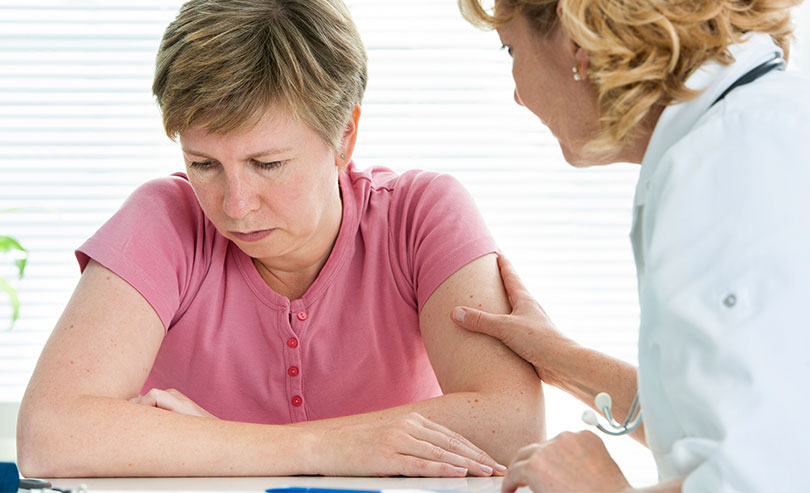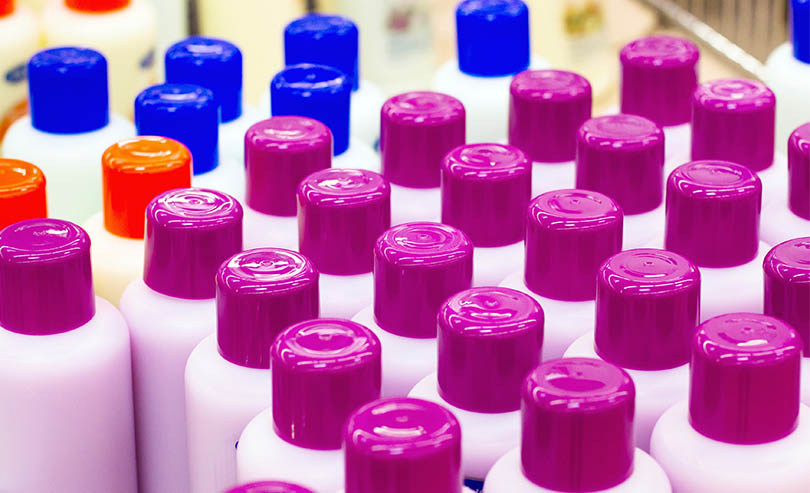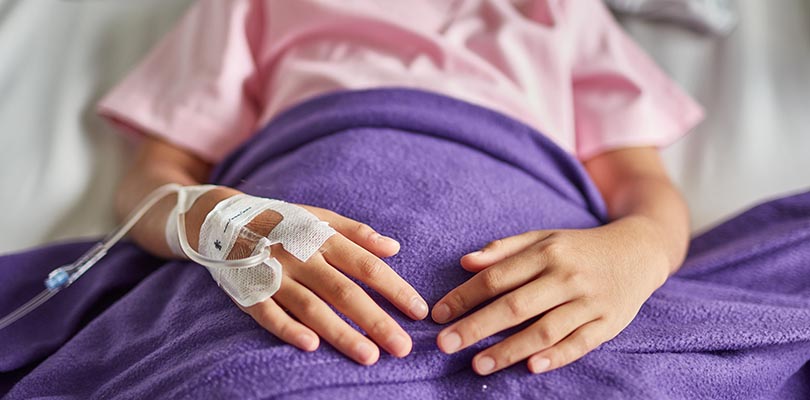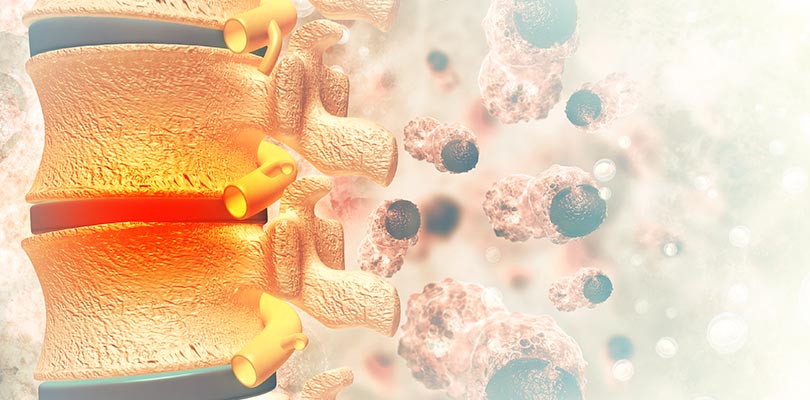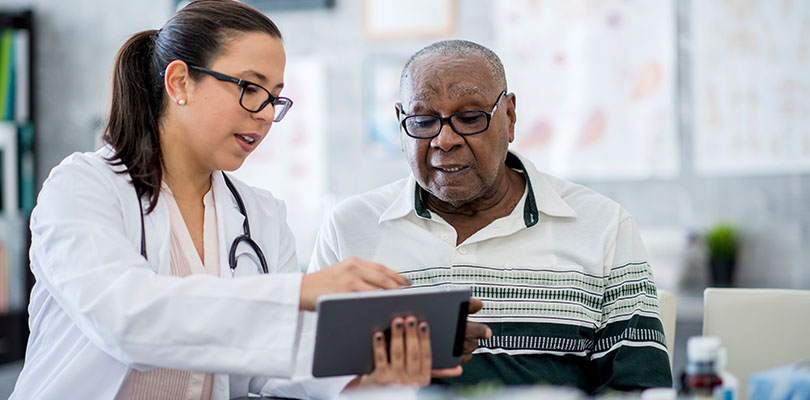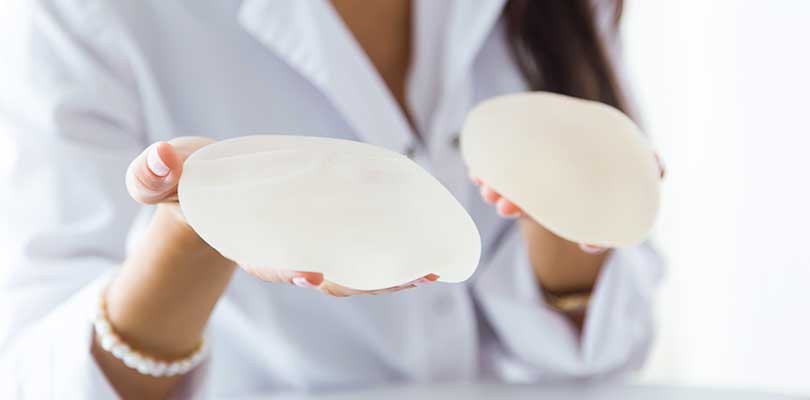Photo Credit: AlexRaths / iStockPhoto.com
How Early Detection Can Change the Course of Your Treatment
Finding cancer is never a happy event, but the diagnosis can be much less devastating if it’s found early. Advances in treatment methods mean that there’s a better chance of limiting the cancer’s progression and controlling the outcome when you catch the tumor before it has a chance to spread.
The two components of early cancer detection are education and screening, and both are equally important. You should know what changes to look for and how to look for them, and your doctor, nurse, and any other health practitioner should keep up with improvements in diagnostic techniques.
Finding an abnormality in your body can be scary, but it may also be harmless. Err on the safe side, and get any lump, pain, skin change, nagging cough, and blood in bodily fluids checked out right away. When it comes to cancer screening, you’ll need to weigh the risks and rewards carefully, with the help of your doctor.
How Does Early Detection Improve Prognosis?
It makes good sense: the longer you leave a problem, the more difficult it is to solve. When it comes to cancer, early detection can make the difference between quick, straightforward treatment and invasive treatment — or even life and death.
Easier Treatment
If cancer is caught in an early stage (stage 0 or stage I), a single operation may be able to remove the tumor and send you into remission for good. However, the longer a cancer goes untreated, the more time it has to grow and metastasize, and then treatment gets much more complex.
Once a cancer passes into neighboring tissues and lymph nodes (stage II and stage III), surgery may not be enough to eradicate the cells completely — chemotherapy and radiation are often necessary. An aggressive cancer can even reach stage IV in very short time, if the early signs go unnoticed.
Survival Rate Increases
In many cases, your chances for survival rise the sooner the cancer is caught. For instance, improvements in detection and diagnosis in Australia has led to far better five-year survival rates for three common cancers in the past three decades: bowel cancer survival rate has improved by 13%, prostate cancer by 28%, and breast cancer by 16%.
Although not all cancers are easy to eradicate in their first stages, some types will respond much better to treatment if the therapy is started early. Cancers of the breast, cervix, mouth, larynx, colon, and skin tend to progress quickly, but can often be removed completely if caught in time.
The Pros and Cons of Cancer Screening
Screening for prevention and screening for diagnosis are two very different things, and they can have very different risks and rewards. For instance, if a suspicious lump, mole, or other physical anomaly is found, targeted tests can offer better definition, and hopefully uncover the nature of the problem. On the other hand, screening healthy individuals for cancer can be misleading, and in the worst cases, physically and emotionally hazardous.
Skin cancer is the most prevalent form of cancer, and arguably the most preventable.
Some drawbacks to screening healthy people for cancer include:
- Over-diagnosis. A recent Canadian study of 90,000 women found that routine screening for breast cancer (that is, before a lump could be detected) didn’t save more lives. In fact, it made things worse for some women: one in five of the cancers found were not life-threatening, and therefore would not have required invasive treatment. Unfortunately, many of those women went through radiation, chemotherapy, surgery, and incredible emotional distress for no good reason.
- Unrealistic expectations. Most people understandably assume that if cancer is caught early, the outcome will always be better than if it went unnoticed for a long time. In reality, some cancers are so aggressive that even early detection isn’t enough to stop them, and others can metastasize years down the road, almost out of the blue. When screening tests catch a tumour, it may not make as much of a difference in treatment and prognosis as you hope.
- False positives (and false reassurance). Doctors are adept at deciphering results of imaging tests and blood tests, but nobody’s perfect. Sometimes inconsistences in the body look like serious trouble, but are actually benign. Obviously, this has a huge emotional impact, and can lead to expensive procedures that do more harm than good. On the other hand, test results can show no cancer when cancer is in fact present, which means important treatment will be delayed.
When Cancer Screening is a Good Call
The risks outweigh the benefits in many situations, but in other circumstances screening tests can be incredibly useful.
In general, people at an environmental or genetic risk for certain cancers may benefit more from periodic screening than other people. Aside from keeping your fears at bay, there’s a chance that catching the cancer early can increase life expectancy to some degree, even if the cancer cannot be eradicated. Those at an elevated risk for lung cancer (namely, smokers) and breast cancer (which has a firm genetic component) may want to discuss screening options with their doctor.
For the rest of the population, routine screening is only recommended for a few types of cancer:
- Breast cancer. Women over age 50 are urged to have an annual mammogram; if you have a genetic predisposition, you should consider this sort of screening test earlier in your adulthood.
- Colon cancer. Screening for colorectal cancer is recommended for everyone between the ages of 50 and 75. After age 75, the risks may outweigh the rewards.
- Cervical cancer. A pap smear is the best way to screen for cervical cancer, and should be scheduled every two years for women between age 21 and 65.
As for the hundreds of other types of cancers, routine screening is not very helpful, even if there are cases of cancer in your family. The threat of false positives (or negatives), plus the high cost of tests and treatment can create more problems than they’re worth.
Everyone is in a unique position when it comes to cancer risk, so have a one-on-one conversation with your doctor about where you stand in terms of screening opportunities, personal risk, and cancer prevention.
